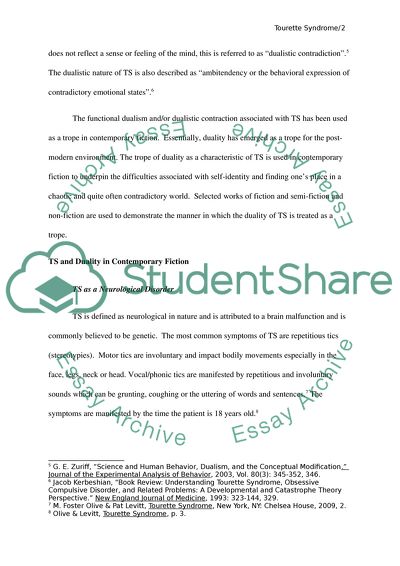Cite this document
(“Tourette Syndrome in Contemporary Literature Essay - 1”, n.d.)
Tourette Syndrome in Contemporary Literature Essay - 1. Retrieved from https://studentshare.org/psychology/1584294-tourettes-syndrome-in-motherless-brooklyn-by-jonathan-letham
Tourette Syndrome in Contemporary Literature Essay - 1. Retrieved from https://studentshare.org/psychology/1584294-tourettes-syndrome-in-motherless-brooklyn-by-jonathan-letham
(Tourette Syndrome in Contemporary Literature Essay - 1)
Tourette Syndrome in Contemporary Literature Essay - 1. https://studentshare.org/psychology/1584294-tourettes-syndrome-in-motherless-brooklyn-by-jonathan-letham.
Tourette Syndrome in Contemporary Literature Essay - 1. https://studentshare.org/psychology/1584294-tourettes-syndrome-in-motherless-brooklyn-by-jonathan-letham.
“Tourette Syndrome in Contemporary Literature Essay - 1”, n.d. https://studentshare.org/psychology/1584294-tourettes-syndrome-in-motherless-brooklyn-by-jonathan-letham.


